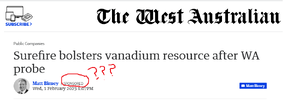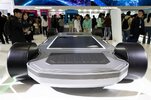Country Lad
Off into the sunset
- Joined
- 11 July 2005
- Posts
- 1,630
- Reactions
- 1,638
Is an aluminium-sulphur battery the way out of the lithium quagmire?
Researchers based out of MIT in the US say they’ve invented a new kind of battery, made from abundant and low-cost materials, that could compete with lithium-ion batteries and help plug the gaps caused by renewable intermittency.
The new battery uses the elements aluminium and sulphur as its two electrodes, with an electrolyte made of molten salt in between, and is described in a new paper by an international team of researchers in the journal Nature.








